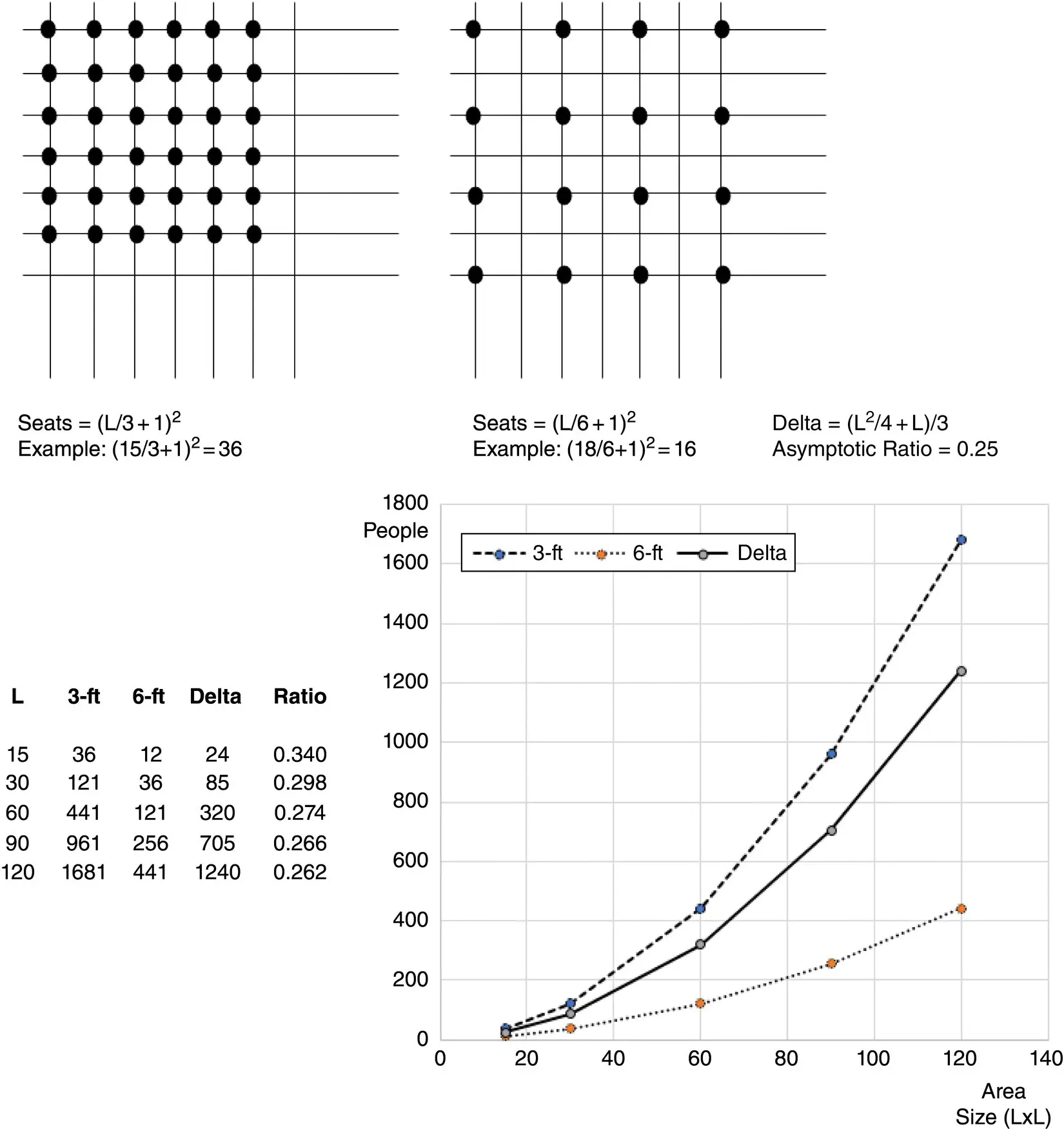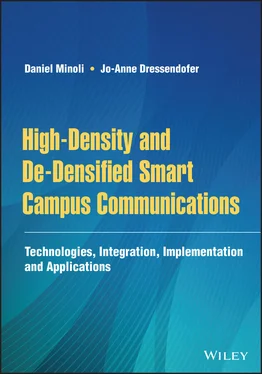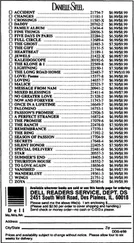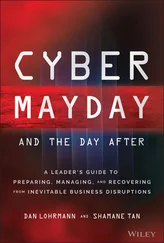Conceptually, there are four classifications of RTLS [49]:
Locating an asset in a controlled area, e.g. warehouse, campus, airport – area of interest is instrumented – accuracy to 10 ft;
Locating an asset in a very confined area – area of interest is instrumented – accuracy to tens of centimeters;
Locating an asset via satellite – requires Line‐of‐Sight (LOS) – accuracy to 30 ft;
Locating an asset over a terrestrial area using terrestrial mounted receivers over a wide area, cell phone towers, for example – accuracy 600 ft.
RTLSs enable one to identify the location of objects in real time using (i) “tags” attached to or embedded in the objects tracked, and (ii) “readers” that receive and process the wireless signals from these tags to determine their locations. Figures 1.7and 1.8provide a pictorial view of an RTLS environment [51]. RTLSs may perform passive or active (that is, automatic) collection of location information, and several wireless technologies can be used to establish the communication between tags and readers [50]. RTLSs can employ various types of wireless technology, including optical, RF, bar code scanning, ultrasound, global positioning (GPS), WLANs, Ultra‐Wideband (UWB), Ultra High Frequency (UHF), Bluetooth™, ZigBee™, Wi‐Fi, cellular‐based positioning, infrared (IR), or combination thereof.

FIGURE 1.7 A pictorial view of an RTLS environment [50].

FIGURE 1.8 Generic RTLS system concept.
The method of location is through various types of multilateration, including:
Angle of Arrival
Time Difference of Arrival
Time of Flight Ranging Systems
Amplitude Triangulation
Cellular Triangulation
Satellite Multilateration (for GPS)
When RFID tags are used, two methods of locating an object or people wearing a tag include:
Locating an asset given that the asset has passed point A at a certain time and has not passed point B;
Locating an asset by providing a homing signal whereby a person with a handheld can find an asset.
These approaches are discussed later, starting in Chapter 6.
1.3.2 Heuristic Density for the Pandemic Era
HTC in tight spaces pre‐pandemic followed an (L/3) 2order of magnitude, where L is the side length of a hypothetical (square) space; post‐pandemic, density follows an (L/6) 2model, with a difference of the order of (L 2/4 + L)/3. See Figure 1.9.
The relative “requirement relaxation” is (L/3 + 1) 2/(L/6 + 1) 2, or about one‐quarter (0.25) the previous requirement (asymptotically with area size). Table 1.10reinterprets the short‐term (2020–2023) requirements for airports; the other venues, except warehouses and IoT sensors, follow the 0.25 heuristic reduction.
1.4 THE CONCEPT OF A WIRELESS SuperNetwork
Institutional (corporate/campus) networks (INETs) have evolved considerably in the past 60 years, which spans the era of data communications. Figure 1.10depicts a view of this evolution. As the decade of the 2020s dawned, one can assert that we have reached a stage where “super‐integrated,” feature‐rich INETs have emerged (what might be labeled as INET‐v6). Such “super integration” in the corporate/campus now covers (i) voice services in the form of VoIP, VoWi‐Fi, DASs, and private (virtual) cellular networks (in addition to the public cellular networks edging toward 5G); (ii) extreme reliance of Wi‐Fi access in the form of Wi‐Fi 6 and also new usable bands; (iii) Virtual Private Networks as the wide‐area connectivity of choice; (iv) integration of Building Management Systems (BMS) to support smart building/smart campus functionality along with RTLS and more general IoT functionality; (v) cloud‐based services and analytics, also based on the concepts of Software Defined Networks (SDNs) and Network Function Virtualization (NFV); (vi) massive use of videoconferencing as well as (corporate reception where/as needed) of OTT/IPTV video feeds (e.g. business TV); and the widespread use of Artificial Intelligence (AI), Machine Learning (ML), and Deep Learning (DL).

FIGURE 1.9 De‐densified (heuristic model).
Herewith we introduce the concept of a Wireless SuperNetwork (WiSNET) TM. A super‐integrated service‐rich INET network where the preponderance of the local and edge connectivity is wireless; such a WiSNET, in addition to the underlying technologies just cited, enjoys, in fact, requires a unified, highly flexible, cost‐effective management and administration apparatus. The SuperNetwork embodies a unified, comprehensive, scalable architecture for high‐density, high‐throughput multimedia communications, supporting open, scalable, and inexpensive technology for secure, QoS‐enabled, high‐mobility services for a plethora of users having a variety of connectivity and access requirements that span multiple use cases.
This SuperNetwork concept is elaborated at some length in Chapter 10.
The rest of the text will discuss many (but not all) of the constituent technologies that support the realization of such WiSNETs.
TABLE 1.10 HDC KPIs for Airports
| Key Performance Indicators |
Key Performance Indicators |
Pre‐pandemic Requirements |
Post‐pandemic Requirements |
| Data/VoIP connection density, for people on smartphones, laptops, tablets |
Data/VoIP connection density, for people on smartphones, laptops, tablets |
1 per 20 ft 2in terminals |
1 per 80 ft 2in terminals |
| User experienced data rate |
10–50 Mbps |
Same |
| Peak data rate |
100 Mbps |
Same |
| Traffic volume density |
5 Gbps per gate area (200 people per gate) |
1.25 Gbps per gate area (50 people per gate) |
| End‐to‐end latency |
100 ms |
Same |
| Wayfinding |
Throughout airport and in adjacent spaces |
Same |
| Area of coverage |
Entire airport and in adjacent spaces, garages, car rental locations |
Same |
| Traditional telephony on DAS systems |
Dialtone |
50 Erlangs per gate area (200 people per gate) |
12 Erlangs per gate area (50 people per gate) |
| Call length |
10 minutes per call |
Same |
| Connection density, IoT devices |
Connection density, IoT devices |
1 per 10 ft 2throughout airport |
Same |
| User experienced data rate |
0.384 Mbps |
Same |
| Peak data rate |
0.768 Mbps |
Same |
| Traffic volume density |
100 Mbps per 1000 ft 2throughout airport and in adjacent spaces, garages, car rental locations |
Same |
| End‐to‐end latency |
1–10 ms |
Same |
| Area of coverage |
Entire airport and in adjacent spaces |
Same |
1 1. Corbett, J.J., Kjendal, D.L., Woodhead, J. R. et al. (2020). System and method for low power wide area virtual network for IoT. US Patent 10,778, 752, 15 September 2020; Filed 6 May 2019.
Читать дальше















